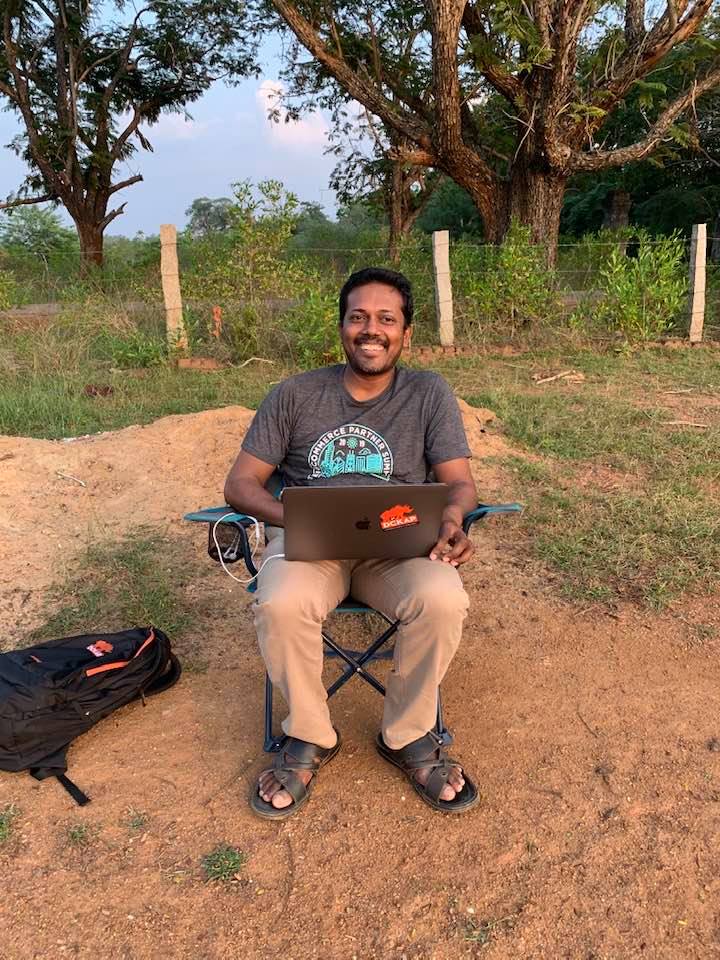The Future of Work
We like it or not, COVID19 has disrupted the way we work in a big way. People working in technology have been the biggest beneficiaries of this pandemic. The technology stocks and the markets are on the rise (and highly inflated). When we shut down our offices in March last year, little did we know that we will be working from home for over a year and a half. We took it a day at a time.
Here’s What We Need to Analyze
If you take a look at the technology companies, for the most part, they have been able to sustain the revenues and some even grew multifold without having to visit their offices or travel for work. All meetings happened over Zoom Calls and Video chat has become more common. In the early days, people were shy to turn on their videos, however, they got used to the culture and were camera-ready all the time.
2021 and beyond
I was naive to think that we will be opening up our offices in early 2021 and travel will be back to normal. However, we went on a massive shutdown in India after the second Covid wave. If there is one learning that was reinforced over and over again in this pandemic – it is ‘Do not take things for granted’.
Distributed Work
[bctt tweet=” Distributed work is here to stay and a company that doesn’t adapt to the change will not be relevant. There will be more opportunities for the workforce that provide greater flexibility, thus forcing companies to be more competitive.”] Challenging work, work culture, and the people you work with will become the key differentiators for companies. It will open up more opportunities for companies to hire from a wider talent pool across the globe.

What will the new office look like
I think the new office will look like a hotel/recreation center. People can come in, use the conference rooms or ballrooms to meet and greet, do collaborative work, use the gym to work out, play shuttle, swim, and also stay for a couple of nights if they like. The office space will need to be reinvented. People will choose to work from wherever they are and come to the office whenever they want. Face-to-face meetings will become more critical for collaborative work. Meeting in the office 1-2 days a week will become more common.
Meet-Ups
Companies need to invest in employee meet-ups once or twice a year. A lot of companies do these meetups and annual gatherings. However, imagine if people need to travel from 100 different locations to attend the company meetups. Eventually, companies may end up spending on this.
Travel
Travel will be on the rise. Even before the pandemic, many colleagues working at different locations met at a conference or an event for the first time. The same will happen more often. It does not have to be a company get-together. It could also be a third-party business event where colleagues meet each other and collaborate. After a 2 day event, there could be a one-day work-together session followed by lunch/dinner and fly back.
Costs are on the rise
It’s a common perception that companies will save on costs because of distributed workforces. However, I think, it will be quite the contrary. Companies will end up spending a lot more. They will need to cater to different requirements. They will have to invest more in travel, cater to the stay of the employees, food and more. Not every company could afford to do it, however, these could be the key differentiators.
Inflation
Inflation is on the rise. There will be less value for money than in the past. In another 20 years or so, it is not difficult to predict that affordability will increase across the board (which is a good thing).
What to Expect?
The physical office will not be replaced, but the form will change. The physical office will not just be an office for people to work – it will be like a hotel/recreation center. There could also be more distribution office hubs based on the concentration of employees in a particular region.
In a way, all this may not be very different from what it is today. However, it will offer us more flexibility and will also be dynamic. It will see the survival of the fittest where one would need to be highly skilled, be a learning animal, and more to sustain this change.
“Change is the only thing that is constant.”




Leave a Reply